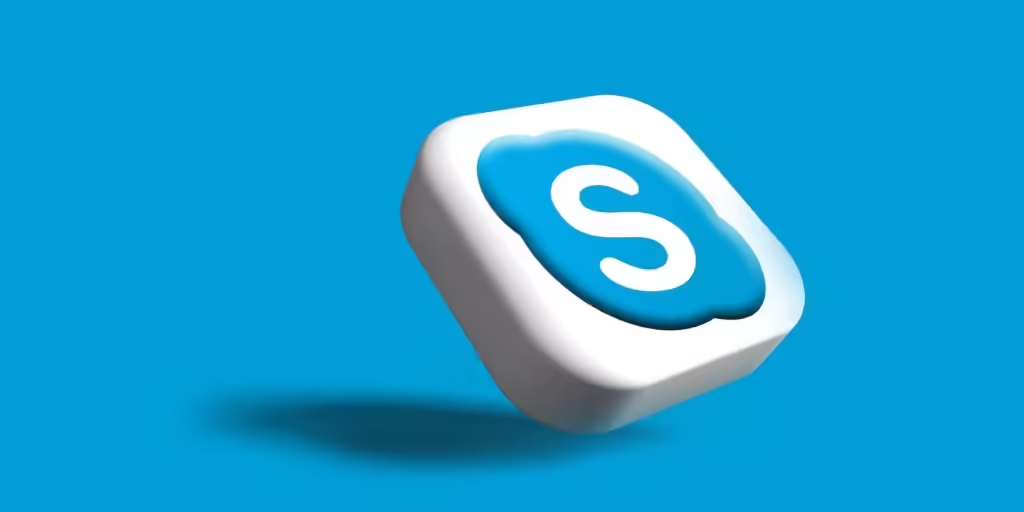
Skype
Skype is a video and audio conferencing platform that enables people to communicate with one another from different parts of the world. It was initially launched in 2003 and acquired by Microsoft in 2011. With Skype, users can make voice and video calls, send instant messages, and share files, screens, and presentations.
Skype offers a variety of features, including screen sharing, recording, and virtual backgrounds, making it an ideal platform for business meetings, webinars, and remote work. Skype can also be integrated with Microsoft Office, allowing users to schedule meetings and send invites directly from Outlook.
One of the advantages of Skype is its user-friendly interface, which allows users to quickly and easily navigate through the different features. It is also available on a wide range of devices, including smartphones, tablets, laptops, and desktop computers.
Skype offers both free and paid plans, with the paid plans providing additional features such as larger meeting capacities, call recording, and 24/7 customer support. However, the free plan is still a great option for personal use or small businesses with minimal conferencing needs.
In addition to its features, Skype also offers security and privacy options, such as end-to-end encryption, two-factor authentication, and the ability to control who can join the meeting.
Skype is a reliable and efficient platform for remote communication and collaboration, making it a popular choice for individuals and businesses around the world.
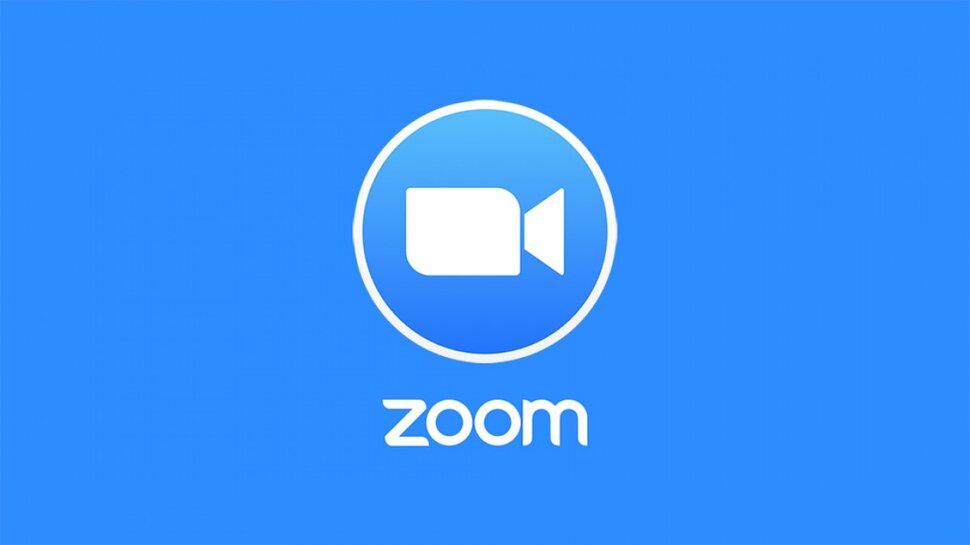 Zoom
Zoom
Zoom is a cloud-based video conferencing platform that enables people to connect remotely from anywhere in the world. It was launched in 2011 and has gained popularity in recent years due to its user-friendly interface, reliability, and range of features.
Zoom allows users to make video and audio calls, send instant messages, and share files, screens, and presentations. It is also equipped with features such as virtual backgrounds, screen sharing, and recording, making it an ideal platform for business meetings, webinars, and remote work.
One of the advantages of Zoom is its scalability, allowing users to host meetings with up to 1000 participants on the Enterprise plan. It is also available on a wide range of devices, including smartphones, tablets, laptops, and desktop computers.
Zoom offers both free and paid plans, with the paid plans providing additional features such as larger meeting capacities, custom branding, and advanced reporting. However, the free plan is still a great option for personal use or small businesses with minimal conferencing needs.
Zoom has gained a reputation for its security and privacy features, such as end-to-end encryption, password protection, and the ability to control who can join the meeting. The platform has also implemented additional measures to address security concerns raised during the COVID-19 pandemic.
Zoom is a reliable and efficient platform for remote communication and collaboration, making it a popular choice for individuals and businesses around the world.
 BrainCert
BrainCert
BrainCert is a cloud-based video conferencing and virtual classroom platform that is designed for remote learning and collaboration. It was launched in 2011 and has gained popularity due to its user-friendly interface, advanced features, and customization options.
BrainCert offers a range of features, including screen sharing, recording, virtual whiteboard, breakout rooms, and real-time chat, making it an ideal platform for online education, corporate training, and remote work. It also provides integration with popular Learning Management Systems (LMS), such as Moodle and Canvas.
One of the advantages of BrainCert is its interactive tools, which allow instructors and learners to engage with each other in real-time, such as a collaborative virtual whiteboard and real-time quizzes. The platform also offers advanced analytics and reporting, enabling instructors to track learner engagement, progress, and performance.
BrainCert offers both free and paid plans, with the paid plans providing additional features such as larger meeting capacities, custom branding, and advanced security features. However, the free plan is still a great option for personal use or small businesses with minimal conferencing needs.
BrainCert also provides advanced security features, including end-to-end encryption, secure data transfer, and password protection, ensuring that all meetings and data are kept safe and secure.
BrainCert is a comprehensive and customizable platform for remote learning and collaboration, making it an ideal choice for educators, trainers, and businesses looking for a robust and feature-rich platform.
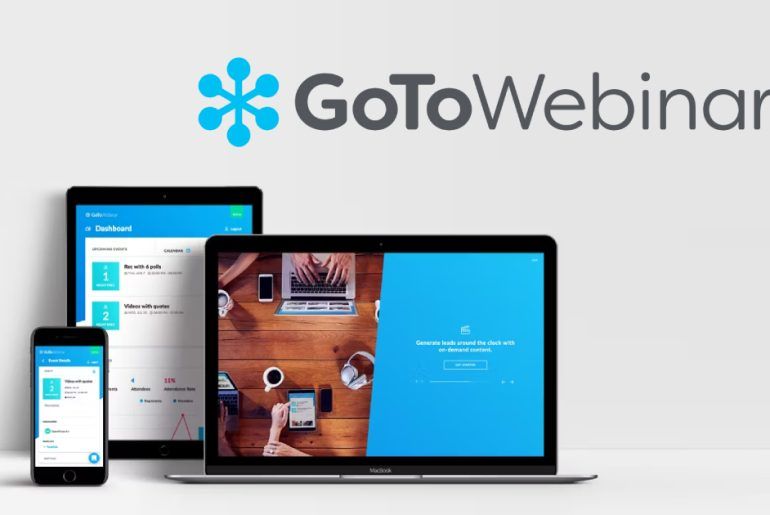 GoToWebinar
GoToWebinar
GoToWebinar is a cloud-based platform that enables users to host webinars, meetings, and online events. It was launched in 2007 and has gained popularity due to its user-friendly interface, reliability, and range of features.
GoToWebinar allows users to host live or pre-recorded webinars with up to 3000 attendees, share screens, and present slides and videos. The platform also provides advanced features such as polls, surveys, and Q&A sessions, allowing hosts to engage with their audience in real time.
One of the advantages of GoToWebinar is its integration with marketing and CRM tools, such as Salesforce and HubSpot, enabling hosts to track attendance, generate leads, and analyze engagement metrics. It is also available on a wide range of devices, including smartphones, tablets, laptops, and desktop computers.
GoToWebinar offers both free and paid plans, with the paid plans providing additional features such as custom branding, recording, and analytics. However, the free plan is still a great option for personal use or small businesses with minimal webinar needs.
In terms of security, GoToWebinar provides end-to-end encryption, password protection, and the ability to control who can join the meeting. The platform also provides customer support and training resources, ensuring that hosts can get the most out of their webinars.
GoToWebinar is a reliable and efficient platform for hosting webinars and online events, making it a popular choice for businesses, educators, and marketers around the world.
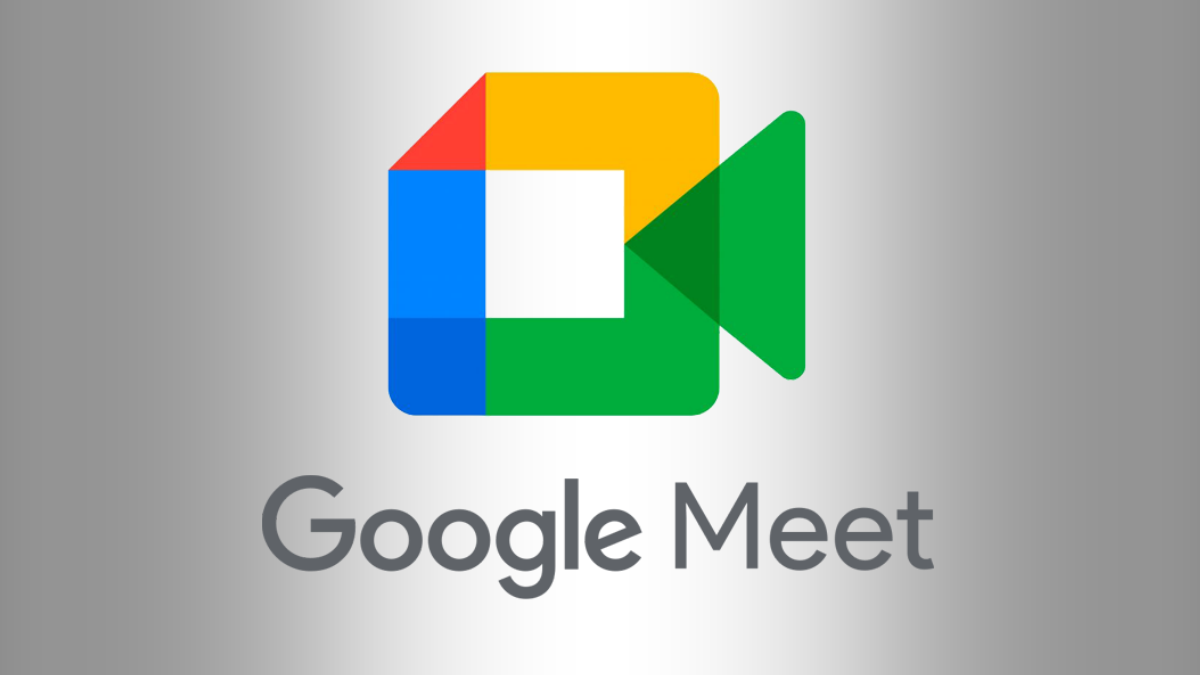 Google Meet
Google Meet
Google Meet is a cloud-based video conferencing platform that enables people to connect remotely from anywhere in the world. It was launched in 2017 and has gained popularity due to its integration with other Google tools, user-friendly interface, and range of features.
Google Meet allows users to make video and audio calls, send instant messages, and share files, screens, and presentations. It also provides advanced features such as virtual backgrounds, noise cancellation, and live captioning, making it an ideal platform for business meetings, webinars, and remote work.
One of the advantages of Google Meet is its integration with other Google tools, such as Google Calendar and Google Drive, enabling users to schedule meetings and collaborate on documents seamlessly. It is also available on a wide range of devices, including smartphones, tablets, laptops, and desktop computers.
Google Meet offers both free and paid plans, with the paid plans providing additional features such as larger meeting capacities, custom branding, and advanced reporting. However, the free plan is still a great option for personal use or small businesses with minimal conferencing needs.
Google Meet has gained a reputation for its security and privacy features, such as end-to-end encryption, password protection, and the ability to control who can join the meeting. The platform has also implemented additional measures to address security concerns raised during the COVID-19 pandemic.
Google Meet is a reliable and efficient platform for remote communication and collaboration, making it a popular choice for individuals and businesses around the world, especially for those who already use other Google tools.
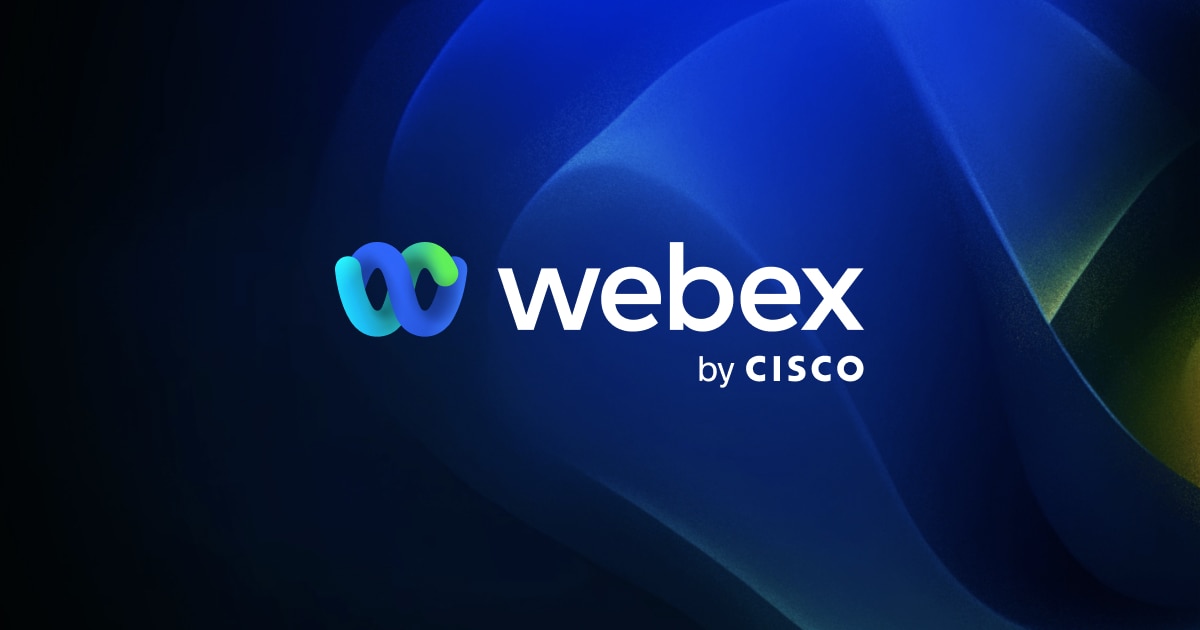 Cisco Webex
Cisco Webex
Cisco Webex is a cloud-based video conferencing platform that allows users to connect remotely for virtual meetings, webinars, and online events. It was launched in 1995 and has become a popular choice due to its range of features, integration with other tools, and reliability.
Cisco Webex offers a range of features, including video and audio calls, screen sharing, recording, and virtual backgrounds. It also provides advanced features such as breakout rooms, real-time polls, and Q&A sessions, making it an ideal platform for online education, corporate training, and remote work.
One of the advantages of Cisco Webex is its integration with other Cisco tools, such as Cisco Spark and Cisco Jabber, enabling users to collaborate seamlessly and share files, documents, and messages. It is also available on a wide range of devices, including smartphones, tablets, laptops, and desktop computers.
Cisco Webex offers both free and paid plans, with the paid plans providing additional features such as larger meeting capacities, custom branding, and advanced analytics. However, the free plan is still a great option for personal use or small businesses with minimal conferencing needs.
In terms of security, Cisco Webex provides end-to-end encryption, password protection, and the ability to control who can join the meeting. The platform also provides customer support and training resources, ensuring that users can get the most out of their virtual meetings.
Cisco Webex is a comprehensive and reliable platform for remote communication and collaboration, making it a popular choice for businesses, educators, and individuals around the world.